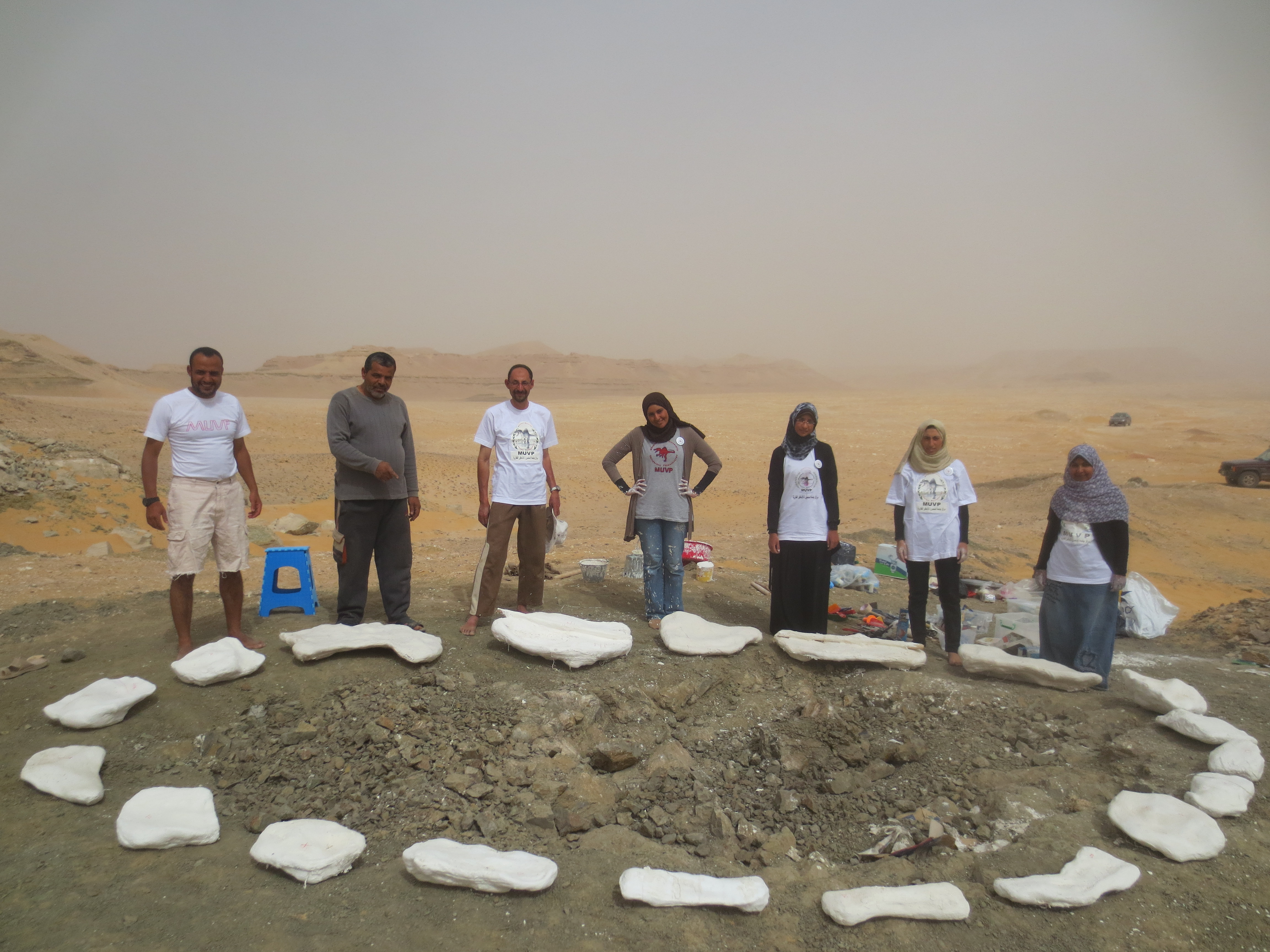The Late Cretaceous is a time of critical importance for our understanding of vertebrate evolution because it marked the final phase of non-avian dinosaur evolution, and was likely the interval during which the last common ancestor of all living placental mammals appeared.
This was also a time period during which continental drift and rising sea levels isolated most of the major landmasses, and the unique patterns of faunal cosmopolitanism or endemism created by these forces provide data that may help to inform the pattern and timing of continental breakup and collision. Vertebrate paleontological reconnaissance in the Western Desert of Egypt was initiated in 2008. This project aims to recover vertebrate fossils from the Late Cretaceous exposures around the Dakhla, Kharga, and Bahariya Oases. Recovery of archosaurs and mammals from this area would help to fill in a major gap in Africa's record of vertebrate evolution, which is very poorly documented from the Turonian to the late Paleocene. A substantial collection of dinosaurs, crocodyliforms, turtles, lungfish, and teleosts was recovered on this expedition, and these fossils have been deposited at Mansoura University Vertebrate Paleontology Center. This project is in collaboration with Ohio University, Denver Museum of Nature and Science, University of Southern California, and Carnegie Museum of Natural History.

